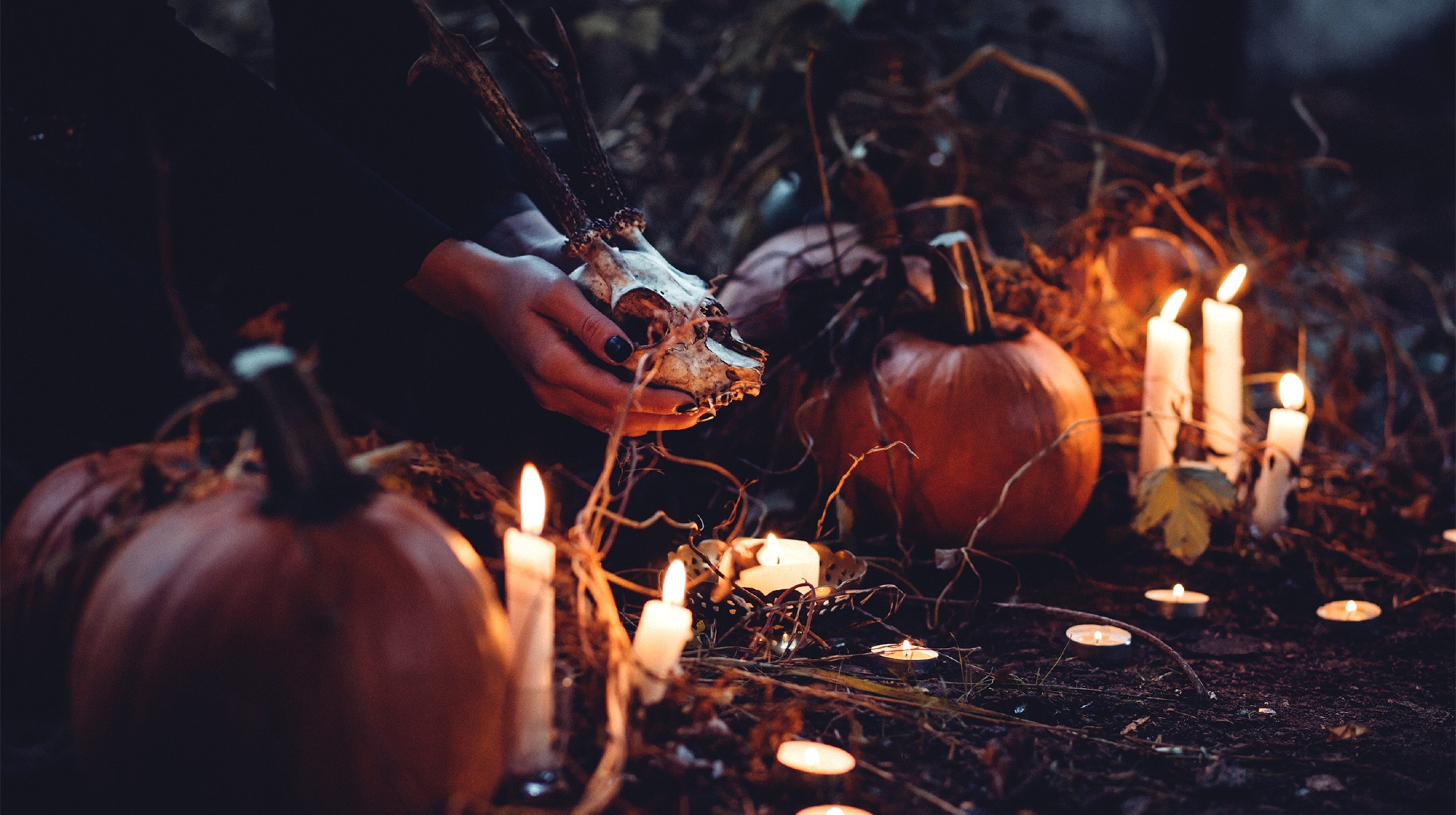
Witchcraft: The Ultimate Rebranding
which means there’s no better time to talk about one of the best rebranding stories of all time: Witches.
The idea of witchcraft has been around for longer than most religions. Since the medieval era and up to the 19th century, witchcraft was–for the most part–pretty consistent. Deriving from the Roman Goddess Diana, witches were perceived as women who were fooled or coerced into… let’s just say… “religiously irreverent behavior” (you’ve learned about the Salem Witch Trials, you’re picking up what we’re putting down). Pamphlets were written and shared across Europe and the Americas, warning people of the dangers of witches. To this day, the word-of-mouth campaigns for the original brand of witches are unrivaled.
It wasn’t until the 1940s that you see a shift in the way witches are perceived. With the rise of movies and popular culture, the “good witch” arises.
Thanks to movie characters like Glinda from “The Wizard of Oz” and Jennifer from“I Married a Witch,” witches were no longer all evil, children-eating, green-faced old women. The light-hearted, “Bewitched”-style, modern witch was invented. Its first rebranding.

With the commercialization of Halloween, trick or treating and the witch costume became more popular for children around this time. The fear of the supernatural was transformed into an enchanting world of snapping fingers and wiggling noses. The image of witches correlated with the changing of the times. With the popularization of the microwave, witch imagery was used in advertising to sell convenience. Witchy homemakers like Samantha Stephens weren’t the only thing that could get dinner ready in a zap.
But it’s in the 1990s and 2000s that witches take another shift in popular culture. Movies and television shows like the Craft, Practical Magic, Buffy the Vampire Slayer and Charmed bring us to a new brand of the witch. This witch has also evolved with the times and is an all-powerful, liberated woman, who believes in the importance of love, family and sisterhood. This witch was rebellious and badass–figuratively and literally forces of nature.
The witch costume also changed, Though pointy hats and all-black attire were still staples, brighter colors like purple, orange and green were incorporated, as well as the use of stars and moons. The modern witch was more fun, creative and individualistic.
Today, witchcraft is a much different brand than its earlier variations. The development of the internet, online retail and social media have allowed for the community of witches to blossom. Witches are everyday women who have Etsy stores for selling herbs and sigils and YouTube channels for tutorials on spellcasting and tarot card reading. Witches work in marketing, run blogs and coordinate events.
Different from all the previous brands of witches, it’s no longer a rumor, story, character or persona. Witchcraft has become a lifestyle and an aesthetic for people to make their own. This most recent rebranding has a far more developed brand identity. They’ve labeled different elements, practices and styles of witchcraft and created guidelines for practicing magic. For the first time, the witchcraft brand belongs to witches.



